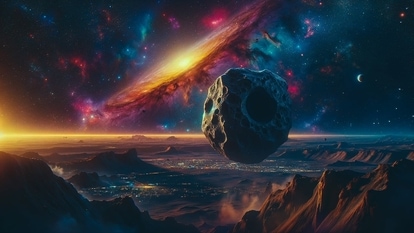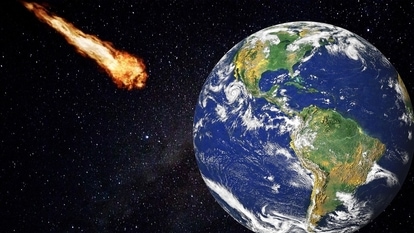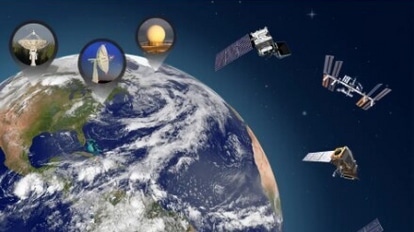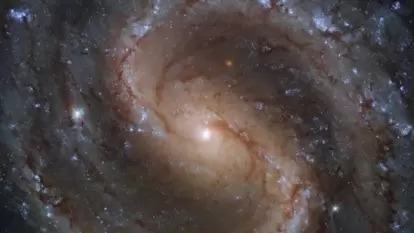NASA Astronomy Picture of the Day 10 February 2023: Awesome! Comet ZTF meets Comet ATLAS
NASA’s Astronomy Picture of the Day is a breathtaking picture of Comet ZTF as it passes Comet ATLAS near the constellation Auriga.
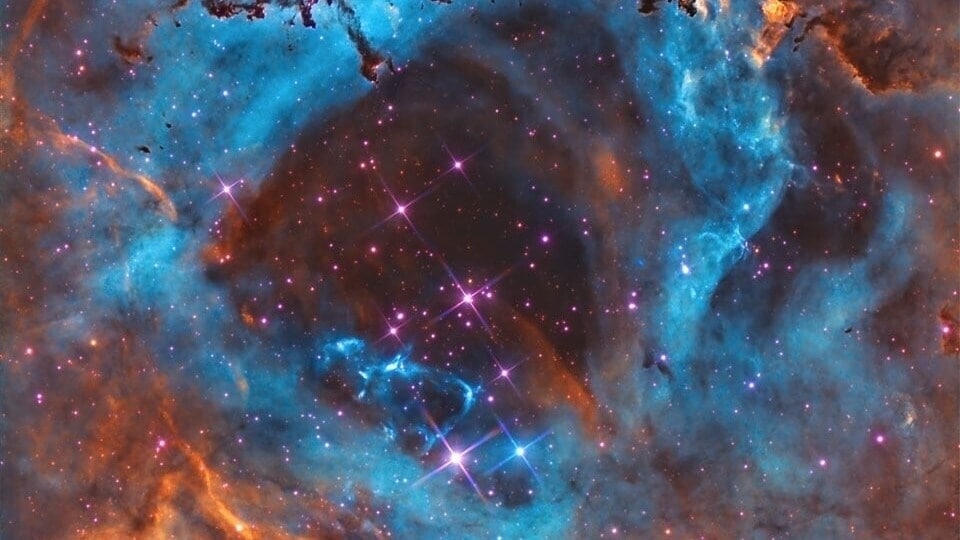
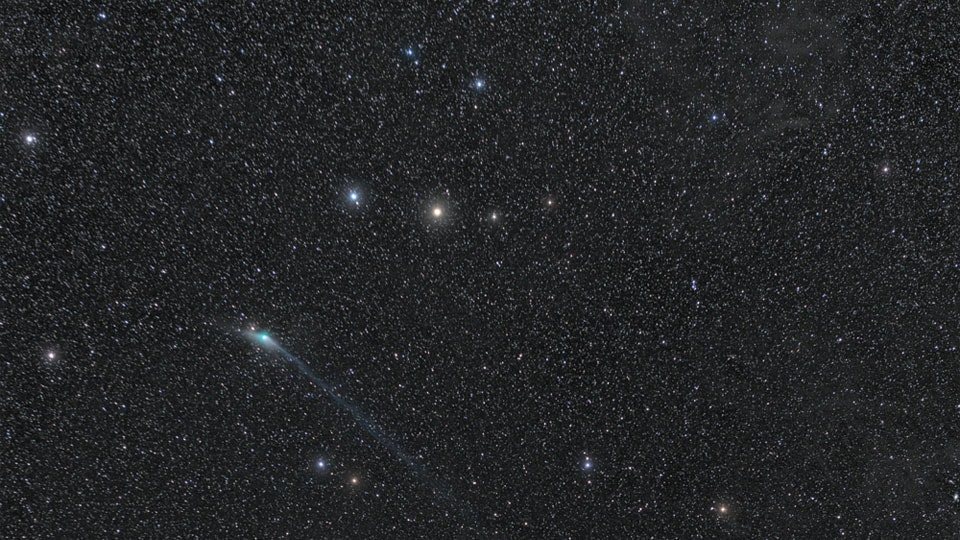
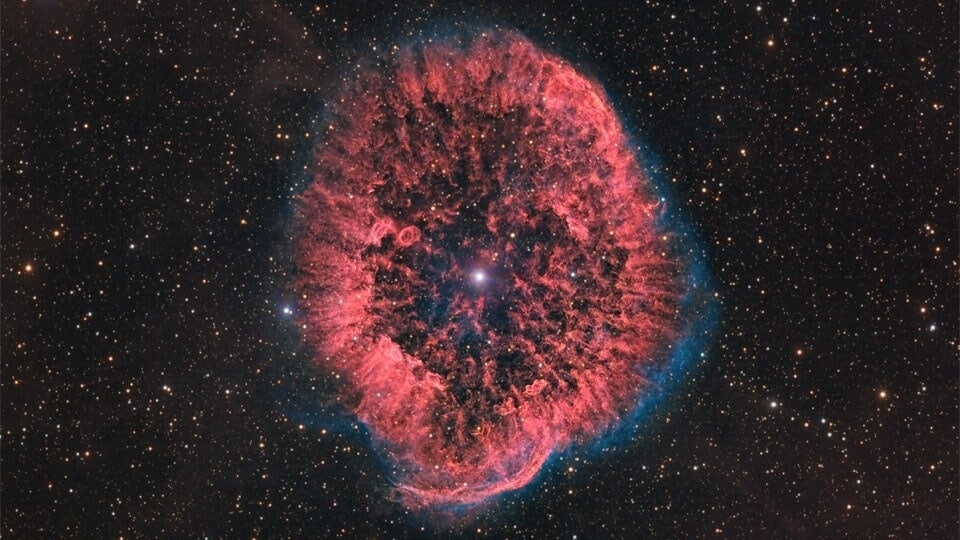
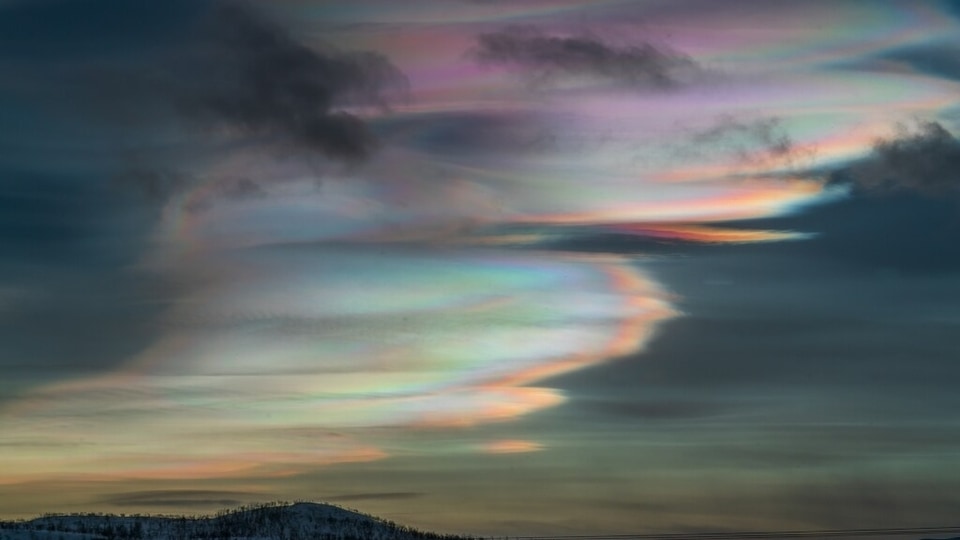
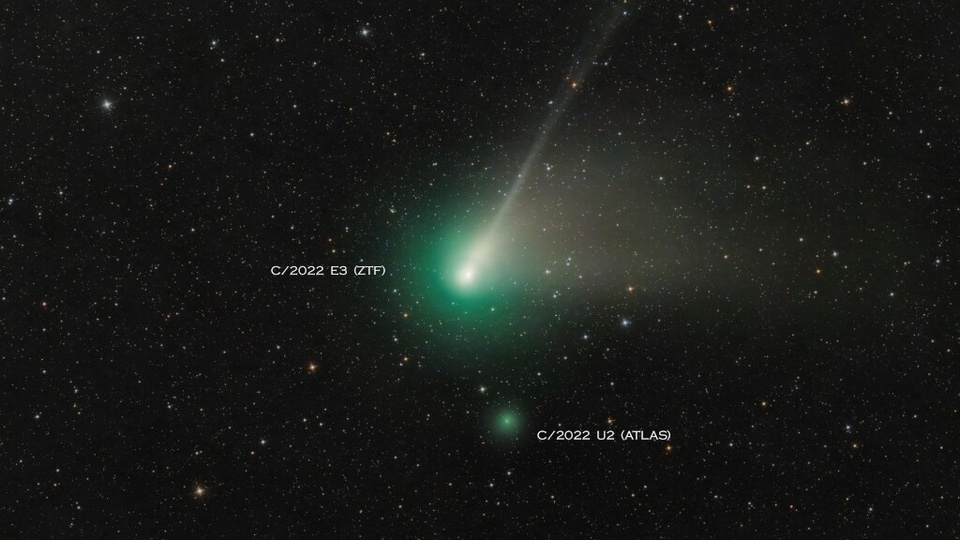

 View all Images
View all ImagesThe Green Comet ZTF passed Earth at its closest distance on February 1 and it was seen by astronomers and sky-watchers alike all over the world. Comets are of interest to scientists because they are remnants of the early Solar System, and can tell us about the conditions and composition of the early Solar System. Although comets often make close flybys, the Comet C/2022 E3 (ZTF) is particularly special as it has a period of around 50000 years. That means the last time it flew past Earth closely; it was seen by Neanderthals during the Upper Paleolithic period on Earth nearly 50000 years ago.
NASA's Astronomy Picture of the Day is a breathtaking picture of the Comet ZTF racing across the skies as it passed another comet named Comet C/2022 U2 (ATLAS) near the constellation Auriga. The picture was captured from a garden observatory in Germany's Bavarian Forest by astrophotographer Stefan Bemmerl.
How was Comet ZTF discovered?
With the help of a 48-inch (1.2-meter) Samuel Oschin robotic telescope, astronomers discovered Comet C/2022 E3 ZTF on March 2, 2022. The telescope is part of the Zwicky Transient Facility (ZTF), located at Mt. Palomar in southern California. Also, it was the 3rd celestial object found in the fifth month (A, B, C, D, E) of the year. And that's how it got its name comet 2022 E3 (ZTF).
NASA's description of the picture
Fading as it races across planet Earth's northern skies comet C/2022 E3 (ZTF) shares this telescopic frame with comet C/2022 U2 (ATLAS). Captured on the night of February 6 from a garden observatory in Germany's Bavarian Forest, the starry field of view toward the constellation Auriga spans about 2.5 degrees. Discovered by sky survey projects in 2022 (the Zwicky Transient Facility and the Asteroid Terrestrial-impact Last Alert System) these long-period comets are outbound, reaching perihelion just last month.
The much fainter comet ATLAS made its closest approach to our fair planet on January 29 at a distance of about 4.6 light-minutes, compared to a mere 2.4 light-minutes for comet ZTF on February 2. This comet ATLAS lacks the well-developed tails of the formerly naked-eye comet ZTF. But both comets sport greenish tinted comas, emission from diatomic carbon molecules fluorescing in sunlight. Continuing its dash across planet Earth's sky, the good-binocular comet ZTF will appear close to bright planet Mars tonight.
Catch all the Latest Tech News, Mobile News, Laptop News, Gaming news, Wearables News , How To News, also keep up with us on Whatsapp channel,Twitter, Facebook, Google News, and Instagram. For our latest videos, subscribe to our YouTube channel.





